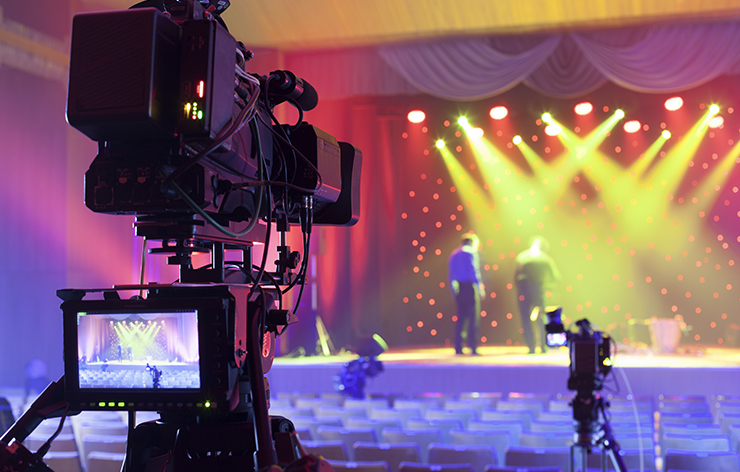Selecting the Ideal Dot Pitch for Optimal Light Emitting Diode Wall Efficiency
Selecting the Ideal Dot Pitch for Optimal Light Emitting Diode Wall Efficiency
Blog Article

As it comes to LED walls, a key important factors to take into account is dot pitch. Pixel pitch refers to the space between the cores of two adjacent pixels on an LED display. This metric is commonly expressed in mm. Understanding pixel pitch is crucial because it directly influences the clarity and sharpness of the images displayed. A smaller pixel pitch indicates that the pixels are nearer together, leading to a higher resolution, while a larger pixel pitch results in a diminished resolution. Thus, selecting the right pixel pitch is essential for achieving optimal LED wall functionality.
The selection of pixel pitch frequently depends on the viewing distance. For example, if the light-emitting diode wall is intended to be viewed from a distance, a larger pixel pitch may be appropriate. This is due to the fact that the human eye cannot readily distinguish individual pixels when they are more distant away. On the contrary hand, if the wall will be viewed up close, a smaller pixel pitch is necessary. In situations such as inside events, where attendees are typically closer to the screen, a smaller pixel pitch will offer a crisper and more distinct image. Hence, understanding how sight distance affects pixel pitch is critical to making an educated decision.
Another crucial consideration is the planned use of the light-emitting diode wall. Various applications, such as advertising, concerts, or conference presentations, may require varied pixel pitches. For example, an LED wall used for advertising in a shopping center may gain from a pixel pitch that facilitates lively colors and high detail so that it captures the focus of bystander shoppers. Conversely, an outdoor LED wall used at a concert may focus on brightness and visibility rather than resolution, allowing for a larger pixel pitch. Therefore, the particular context in which an light-emitting diode wall will be used is vital for establishing the appropriate pixel pitch.
Pricing is also a significant factor when choosing pixel pitch. Typically, LED displays with smaller pixel pitches tend to be more costly due to the increased density of pixels and the sophisticated technology required for manufacturing. Although it may be enticing to opt for a high-resolution display with a small pixel pitch, financial constraints frequently necessitate a balance between quality and cost. Businesses should assess their needs and determine how much they are willing to spend in an LED wall, ensuring that the pixel pitch aligns with their budgetary capabilities while still satisfying performance expectations.
Ultimately, it is crucial to consider the maintenance and longevity of the light-emitting diode wall when choosing pixel pitch. Displays with smaller pixel pitches can sometimes be Web Site more delicate and may need more careful handling and maintenance. Regular upkeep is required to ensure that the display functions optimally over time. Understanding the maintenance needs and potential issues associated with varied pixel pitches can assist organizations make a more informed choice. By taking into account all these factors, including sight distance, planned use, budget, and maintenance, individuals can choose the ideal pixel pitch for peak LED wall functionality.